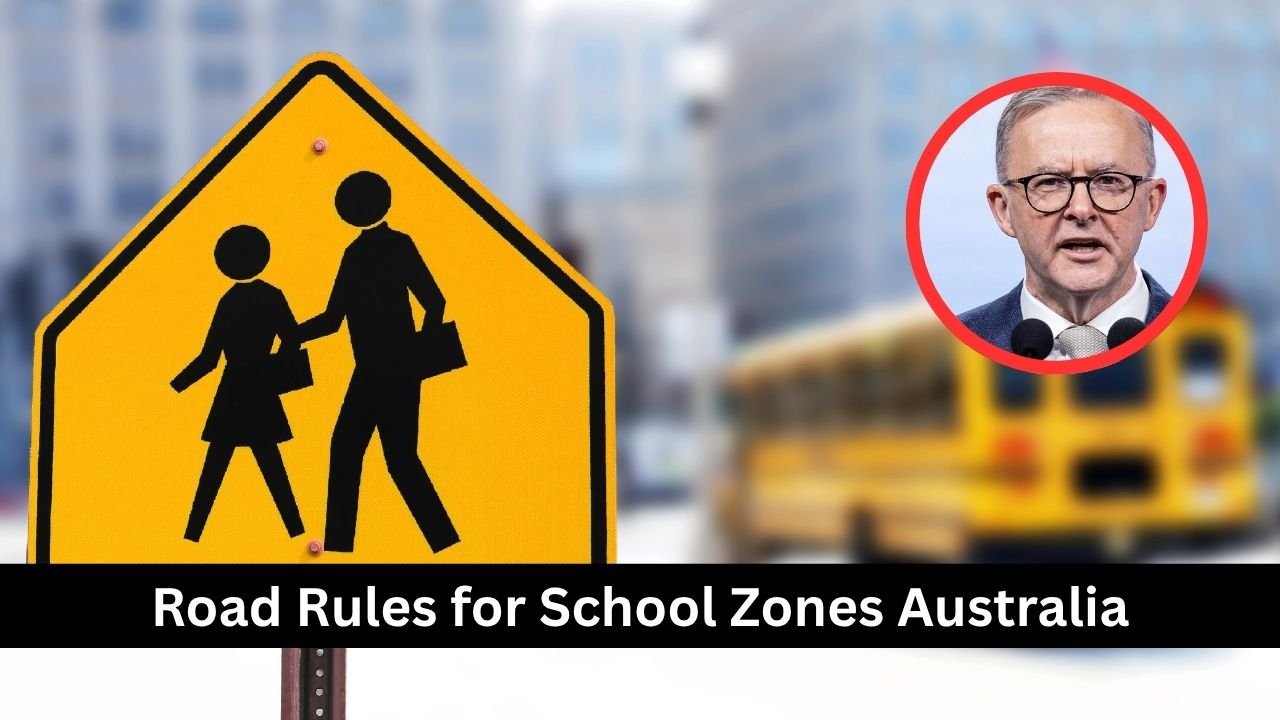Driving safely around school zones is a legal and moral obligation for every motorist. These areas are designed to protect children, who can be unpredictable near roads, by enforcing stricter speed limits, parking rules, and driver responsibilities. Understanding these regulations is essential to avoid fines, demerit points, and most importantly, to keep children safe.
Speed Limits in School Zones
Most Australian school zones have a reduced speed limit of 40 km/h or 25 km/h. This applies during school hours or when children are visibly present. Signage will show the specific times when restrictions are active, generally between 8–9:30 AM and 2:30–4 PM on school days.
When flashing lights are operating, drivers must immediately slow to the posted school zone speed, as these lights indicate children are nearby or crossing. Failing to obey these flashing signals can lead to steep fines and demerit penalties, particularly in states that enforce double demerits for such offences.
If a school bus is stationary with flashing lights and a stop sign extended, all vehicles must slow to 25 km/h in both directions until the lights stop flashing. This reduced limit applies because children may unexpectedly cross the road near the bus.
Parking and Stopping Rules
Parking rules in school zones are heavily enforced to maintain clear and safe access for children and buses. Drivers should pay close attention to signs that specify No Stopping, No Parking, or limited waiting zones.
- No Stopping: You cannot stop here for any reason unless in a medical emergency. Even a brief halt can attract penalties.
- No Parking: You may stop only long enough to quickly pick up or drop off passengers, usually within two minutes, and must stay close to your vehicle.
- Illegal Parking: Avoid double parking, blocking bus zones, or stopping across pedestrian crossings, as these interruptions endanger children and often bring higher fines and double demerit points.
Whenever possible, use designated drop-off and pick-up zones. These allow traffic to flow smoothly and ensure children can safely enter or exit vehicles from the curbside.
Safe Driving Practices Near Schools
Safety extends beyond obeying signs. Drivers have a duty of care to anticipate children’s unpredictable behavior. Always give way to pedestrians—especially near crossings—and be vigilant for children stepping out from behind parked cars.
When dropping off or picking up children:
- Always use the footpath side of the vehicle so children don’t have to exit into traffic.
- Avoid U-turns or three-point turns near the school entrance, as these maneuvers are risky during peak times.
- Remain alert for school crossing supervisors and always follow their instructions.
Pedestrian awareness is equally important. Children should be reminded to use the “Stop, Look, Listen, Think” approach before crossing. Parents can model this behavior to reinforce awareness and caution.
Double Demerits and Penalties
Many Australian states and territories apply double demerit points during school terms or special safety periods. Offences like speeding, illegal mobile phone use, and dangerous driving near school zones can lead to doubled punishment.
For instance:
- Exceeding the school zone speed limit may cost you more than double the regular fine.
- Using a handheld phone while driving near a school could lead to severe financial and licence consequences.
These stricter penalties aim to deter risky behavior and remind drivers that school zones require heightened attention.
Why Speed Matters in School Zones
Reducing speed provides more reaction time and significantly decreases stopping distances. At 40 km/h, a driver has a much higher chance of stopping safely if a child runs into the roadway. Studies show even a few kilometers per hour can make the difference between a near miss and a serious collision.
In rural or regional areas, the rules are similar but may vary slightly based on local regulations. Always check signage carefully since driving past an inactive school zone sign at normal speed is only safe outside the indicated hours.
Parking with Consideration
School congestion can cause frustration, but parking illegally, even for a moment, can block visibility or disrupt student pick-up systems. Parents should avoid calling children across the road or stopping in moving traffic lanes. Instead, plan extra time for drop-offs, use alternate streets if needed, and follow the flow of designated parking supervisors.
Shared Responsibility for Safety
Every driver, parent, and pedestrian has a role in maintaining safety around schools. Authorities allocate resources to continuously monitor these areas using mobile patrols and speed cameras. Compliance with these school zone rules not only prevents penalties but sets a community standard that prioritizes child safety.
By adhering to the set limits, understanding signage, and practicing safe habits, drivers actively support safer school environments. Always remember: slowing down for those few hundred meters could save a life.
